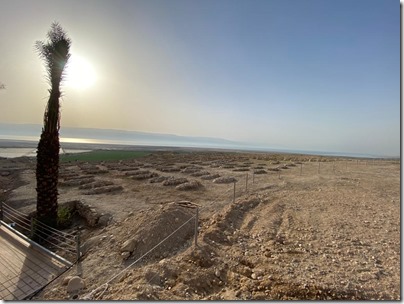Bryan Windle reviews the top three reports in biblical archaeology in the month of March.
In a seven-minute video, Aren Maeir gives a quick overview of the archaeological process from start to finish.
Hannah Brown explains why spending a day or more at Timna Park in southern Israel is worthwhile.
Wayne Stiles is hosting a free webinar for the Passion Week, with an engaging look at Jesus’s final week, day by day.
An extract from the new CSB Holy Land Illustrated Bible identifies five incidents and three patterns in Pilate’s life that set the context for the trial of Jesus.
BibleTimeLines.com has an extensive collection of timelines, graphics, and videos, including a timeline for the Passion Week.
Jordan J. Ryan considers how Constantine’s Church of the Holy Sepulcher celebrated more than Jesus’s resurrection.
The Infusion Bible Conference is a 3-day event focusing on the context of the biblical world. I’ll be back again this year. Early registration ends soon. Church leaders can take advantage of the IBC Press Kit to share with their congregations. (The conference has a virtual option this year.)
Not the millennium: “Jerusalem’s Biblical Zoo is attempting damage control after kids saw a lion eat a bunny.”
HT: Agade, Ted Weis, Charles Savelle, Explorator, Arne Halbakken
The cemetery at Qumran has recently been “reconstructed.” Photo courtesy of Michael Schneider in Jerusalem.
